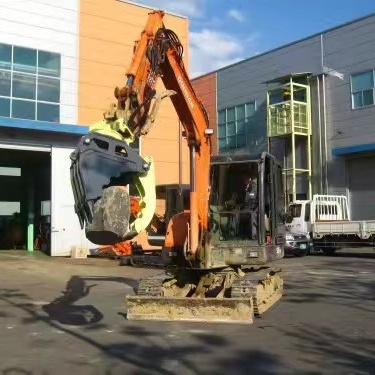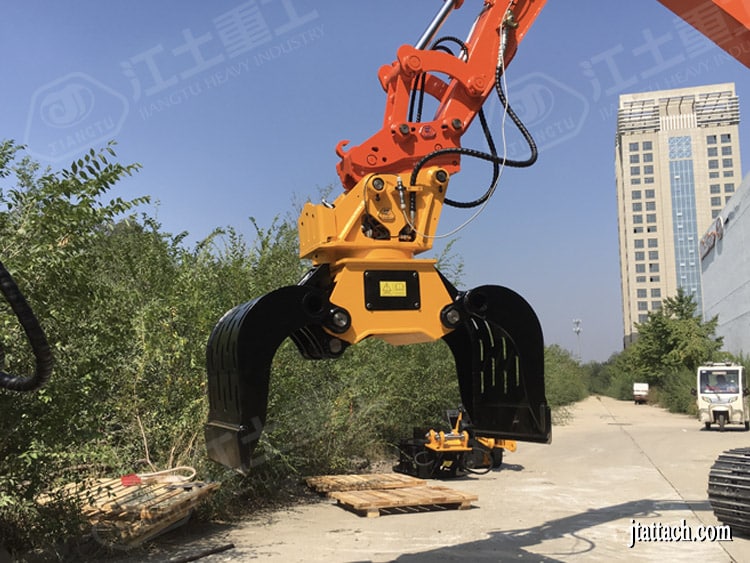7 Things to Remember When Handling Heavy Equipment | Excavator Pallet Forks
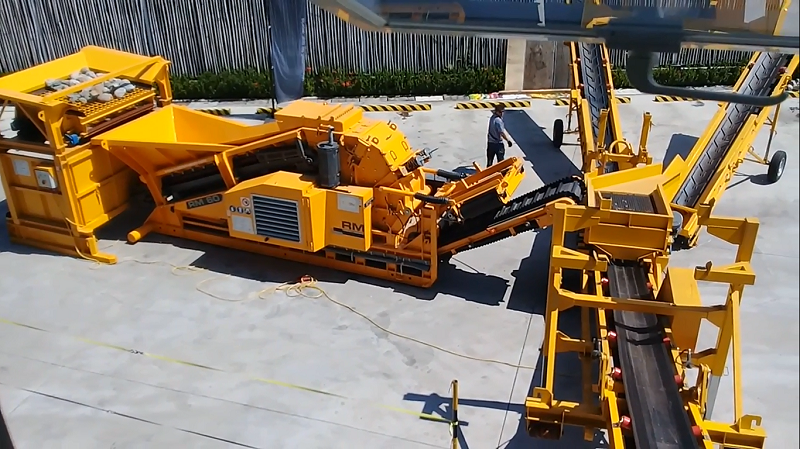
7 Things to Remember When Handling Heavy Equipment
August 6, 2018
What are the things that you should always remember when handling heavy equipment?
- Basic vehicle safety measures
- Communicate with your co-workers
- Beware of blind spots
- Mounting and dismounting
- Be aware of your surroundings
- Conduct an inspection before you start
- Focus on what the heavy equipment should be used for
Every construction project will always need heavy equipment. Different kinds of heavy equipment have different uses, and most of the time they specialize in a specific type of work. Machinery like cranes and forklifts in the Philippines are used in many projects, not just construction, they are also used in cargo and commercial storages.
With how versatile and useful heavy equipment is, there will always be some critical safety aspects to keep in mind when someone is operating them. The different types of heavy equipment are not your normal type of vehicles, so there are some functional precautions that need to be followed whenever they are used.
Whenever you or someone you know will operate heavy equipment in a construction site, you should remember these things that are needed when handling them:
Basic Vehicle Safety Measures
Heavy equipment is still primarily considered a vehicle. And using these vehicles have certain safety precautionary tools installed with them. One of the most overlooked safety measures is the use of seatbelts. Wearing your seatbelt in heavy equipment is as important as wearing it in a moving vehicle. You are never sure as to what will happen when you are operating the vehicle, so this simple safety precaution can save you just in case anything bad happens.
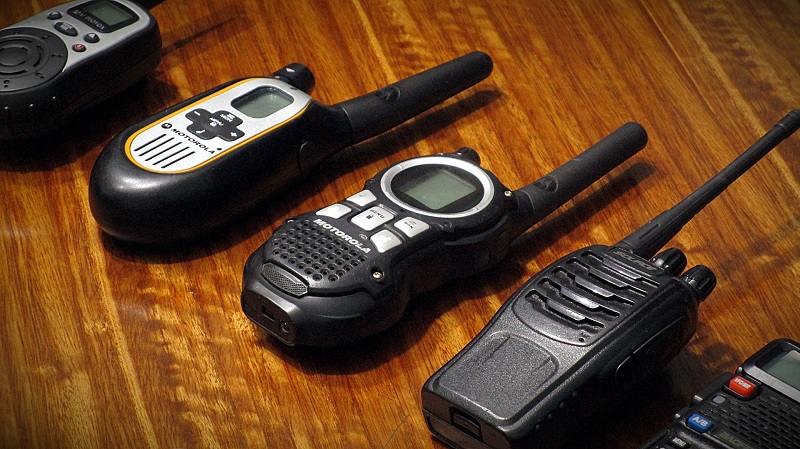
Communicate with Your Coworkers
When operating heavy equipment in a construction site that is filled with people, communication is very important to prevent any kind of accident from happening. Two-way radios are the most used type of communication tool for those who are operating heavy equipment. However, when it isn’t available, simple hand signals from a spotter is enough. When using hand signals, make sure that you and the spotter know exactly what a gesture indicate as to avoid confusion.
Beware of Blind Spots
Due to the size of heavy equipment, you have to be extremely sure that no one is within your blind spots when you move. That being said, some of the more advanced heavy equipment have the help of video software to show what is at these blind spots. If this isn’t available, a spotter would be enough to guide you. Just make sure that the spotter is somewhere safe and visible.
For additional safety, tell everyone beforehand about the blind spots and make people have eye contact with you before coming near the equipment.

Mounting and Dismounting
Stepping on and off a piece of heavy equipment can be dangerous for those who are not used to it. Most of the time, those who are new to it or are in a hurry injure themselves by falling off the cab of a machine. A common rule for heavy equipment operators is to always maintain three points of contact when getting on or off the equipment. You should also never jump off.
Whenever handholds or steps are damaged, replace them immediately in order to prevent any injury that it might bring in the future.
Be Aware of Your Surroundings
Before entering the heavy equipment that you will use, take note of the area where you will work. Make sure that it is clear from any kind of obstructions and no one is idling or standing in places they shouldn’t be. Get a feel as to how you would maneuver around the area and see to it that a spotter or anyone that is willing to help is always near just in case you run into a problem.
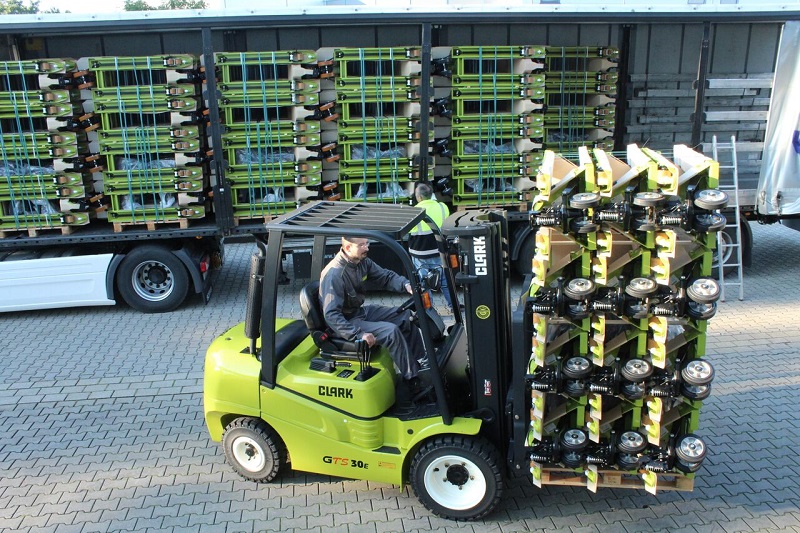
Conduct An Inspection Before You Start
Inspect every part of the heavy equipment that you will use. Before you hop onto it, you should be sure that it is in good working condition. Check the tires or tracks for any damages, check the levels on your engine, look at the hydraulic pieces of machinery and all the other things that can be found in the heavy equipment.
Make sure that everything is where they are, in good condition and above safety standards.
Focus on What the Heavy Equipment Should Be Used For
As mentioned above, different pieces of machinery have different uses. And it is particularly good only when used for that specific task. Pick the right equipment for the job. Do not force your equipment to do something that it wasn’t designed to do. Avoid overloading or overworking equipment. As the operator of a heavy equipment, you should be knowledgeable about its lift capacity, work efficiency and especially the limits of what it can do.
Key Takeaway
Whenever you are handling heavy equipment such as a forklift in the Philippines, make sure that you remind yourself of the many safety precautions that every operator should know. The list above shows only a general idea of what should be checked upon, but for some specific types of heavy equipment, there are more precautions that need to be remembered, particularly when operating them.
Make sure that you are knowledgeable about how you should handle heavy equipment before using them!

